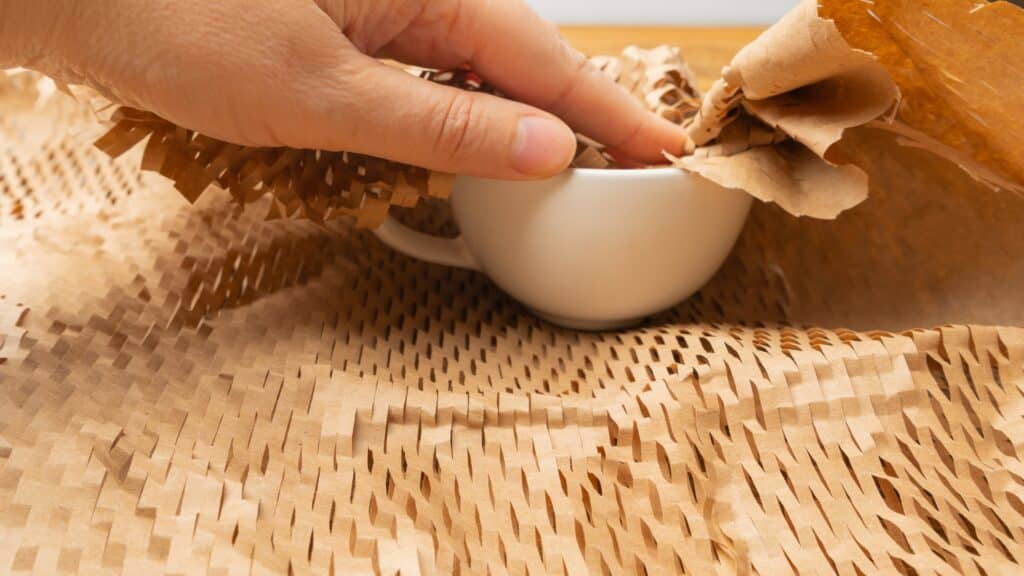
Moving fragile items safely requires more than just wrapping them in newspaper and hoping for the best. From family heirlooms to expensive electronics, delicate belongings need specialized packing techniques and careful handling throughout the moving process. With the right approach, your most precious items can arrive at your new home in perfect condition.
Assess and Inventory Your Fragile Items
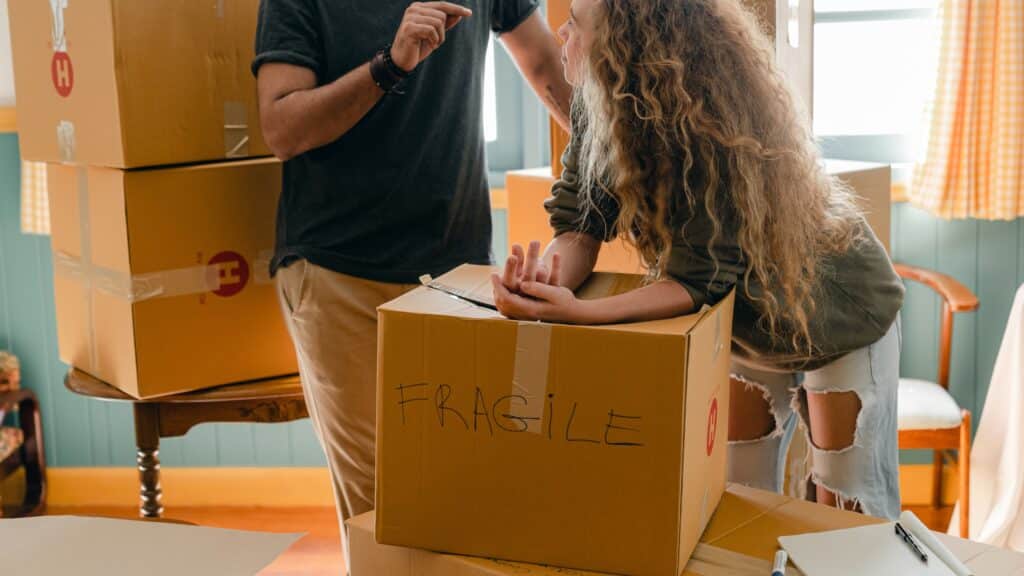
Before packing anything, identify all fragile items throughout your home. Walk through each room and note delicate objects that require special attention: glassware, china, artwork, electronics, mirrors, lamps, and decorative items.
Create a detailed inventory with photos of valuable, fragile items. This documentation helps with insurance claims if damage occurs and assists professional movers in understanding which items need extra care. Include serial numbers for electronics and note any existing damage to avoid confusion later.
Decide which items are too valuable or irreplaceable to trust to the moving truck. Important documents, jewelry, family photos, and extremely valuable collectibles should travel with you personally rather than in the moving van.
Choose the Right Packing Materials

Quality packing materials make the difference between safe arrival and costly damage. Invest in proper supplies rather than trying to make do with inadequate materials. Small boxes work best for heavy, fragile items like dishes and books, while medium boxes suit lighter, delicate objects.
Bubble wrap provides excellent protection for the most fragile items, but avoid letting it touch surfaces that might be damaged by plastic adhesion over time. Use acid-free tissue paper as a barrier between bubble wrap and delicate finishes on antiques or artwork.
Packing paper, available from moving supply stores, offers better protection than newspaper without the risk of ink transfer. Foam padding works well for electronics and provides cushioning that conforms to unusual shapes.
Specialty boxes designed for specific items often provide superior protection. Dish packs with built-in dividers, wardrobe boxes for hanging clothes, and picture boxes for artwork offer engineered protection for common fragile items.
Master Proper Wrapping Techniques
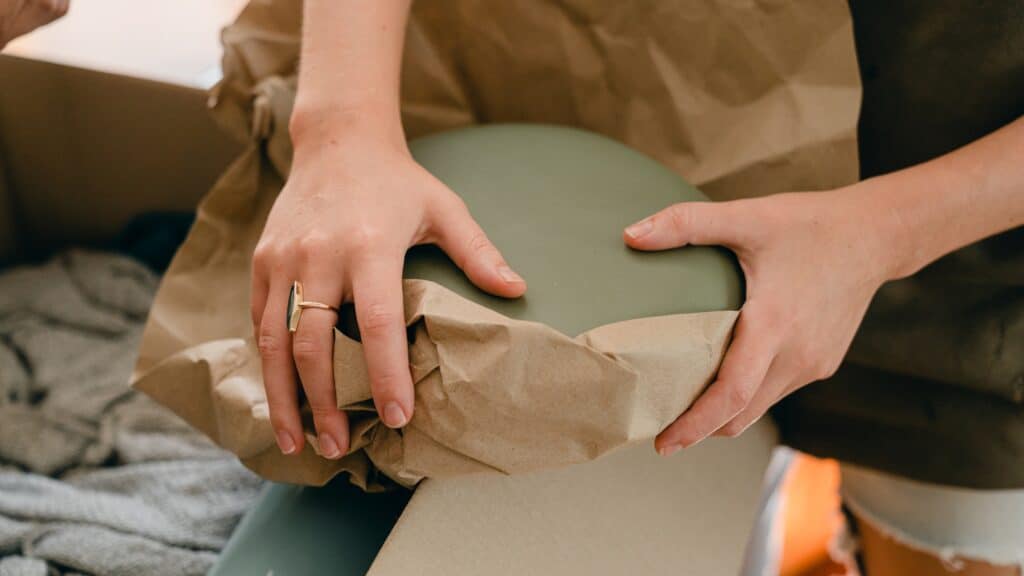
Each type of fragile item requires specific wrapping methods. For dishes and glassware, wrap each piece individually in packing paper, then group similar items together with additional padding between layers.
Electronics need protection from both impact and static electricity. Use anti-static bubble wrap when available, and pack items in their original boxes whenever possible. If original packaging isn’t available, choose boxes that closely match the item’s size to minimize movement during transport.
Mirrors and artwork require flat, rigid protection. Use mirror boxes or create custom protection with cardboard sheets and abundant padding. Mark these boxes clearly and ensure they remain upright throughout the move.
For oddly shaped items, create custom cushioning using towels, blankets, or clothing. These household items provide excellent padding while serving double duty as packing materials.
Pack Boxes Strategically
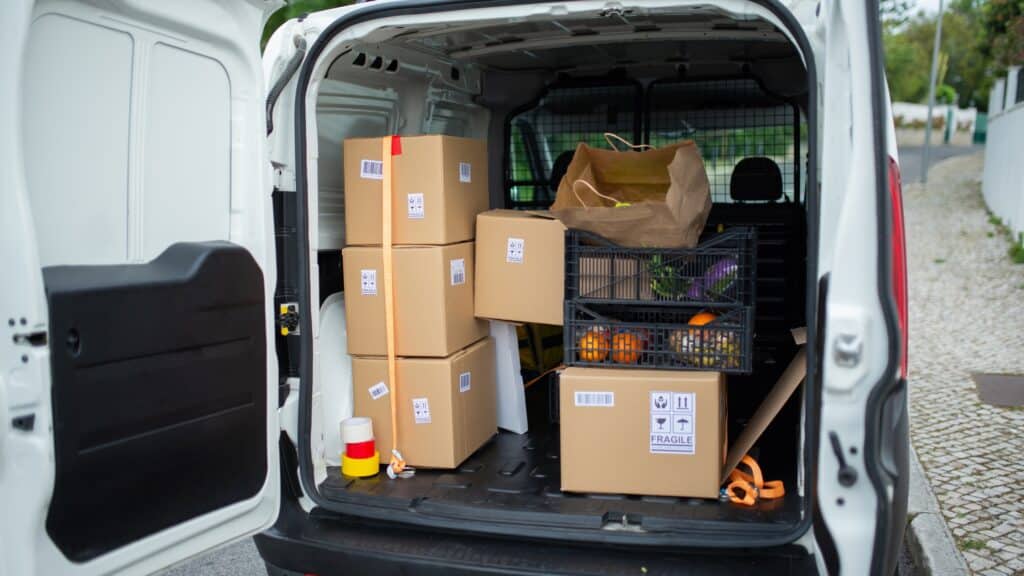
Layer boxes with cushioning material on the bottom before adding any fragile items. This foundation absorbs shock and prevents items from settling too firmly against the box bottom during transport.
Pack heavier fragile items on the bottom and lighter ones on top within each box. Fill empty spaces completely with packing material to prevent shifting during transport. Items should fit snugly but not be compressed or forced into position.
Use the “shake test” before sealing boxes. Gently shake the sealed box and listen for movement. If you hear items shifting, add more padding material. A properly packed fragile box should be silent when gently shaken.
Avoid overpacking boxes with fragile items. Keep the weight reasonable so boxes can be handled safely. Multiple smaller boxes often provide better protection than one large, heavy container.
Label Everything Clearly
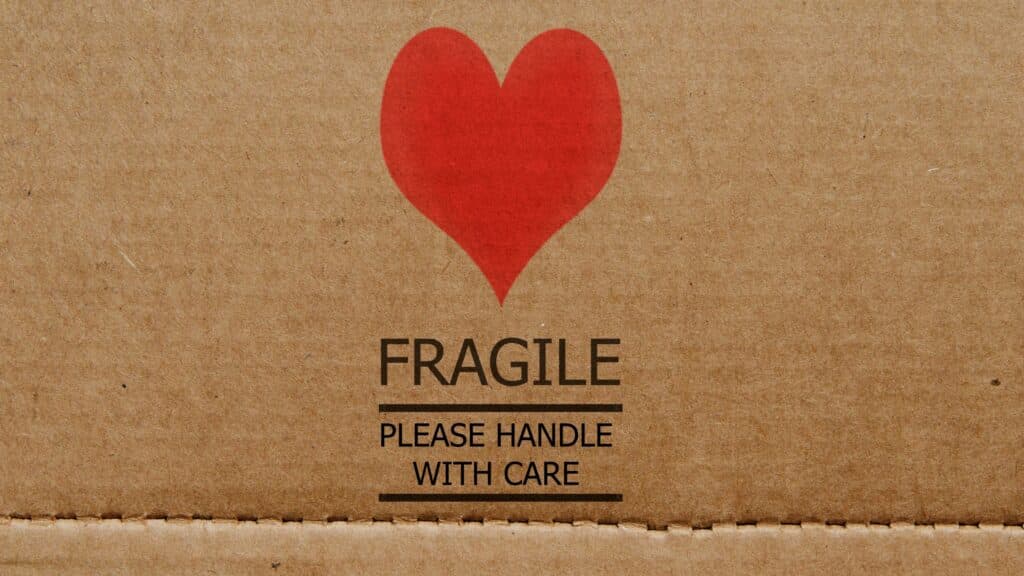
Mark fragile boxes on multiple sides with bright, contrasting labels. Use red tape or stickers that stand out clearly against the box colors. Write “FRAGILE” in large letters that remain visible even when boxes are stacked.
Include directional arrows showing proper orientation for items that must remain upright. Many fragile items can be damaged simply by being turned on their side during transport.
Add brief content descriptions to help movers understand what’s inside. “Kitchen glassware” or “bathroom mirror” gives handlers context for the level of care required.
Consider numbering your fragile boxes and keeping a separate list of their contents. This system helps ensure all delicate items arrive safely and makes unpacking more organized.
Work With Professional Movers
Communicate clearly with your moving crew about which boxes contain fragile items. Point out these boxes during the initial walkthrough and confirm the team understands your labeling system.
Professional moving companies like Choice Moving Company train their crews specifically in fragile item handling. Their experience with delicate belongings often exceeds what most homeowners can achieve with DIY packing, especially for valuable or irreplaceable items.
Consider purchasing additional moving insurance for high-value, fragile items. Standard moving coverage may not fully protect expensive artwork, antiques, or electronics. Professional movers can advise you on appropriate coverage levels.
Ask about specialty services for extremely valuable items. Some moving companies offer climate-controlled transport, white-glove service, or custom crating for museum-quality pieces or expensive electronics.
Handle Transport Day Carefully
On moving day, load fragile boxes last so they sit on top of other items rather than having weight placed on them. Ensure they’re secured properly to prevent sliding during transport.
If you’re driving fragile items yourself, avoid rapid acceleration, hard braking, and sharp turns. Maintain steady speeds and drive more cautiously than usual. Climate control in your vehicle protects items sensitive to temperature changes.
For local moves around Fort Collins or Denver, the shorter transport time reduces exposure to potential damage. However, even short moves require proper packing since most damage occurs during loading and unloading rather than transport.
Unpack With Care
Once you arrive at your new home, prioritize unpacking fragile items to reduce the time they spend in boxes. Inspect each item as you unpack and note any damage immediately.
Take photos of any damaged items before handling them further. Contact your moving company promptly if you discover damage, as most companies have time limits for filing claims.
Save packing materials until you’re certain everything arrived safely. Quality bubble wrap and boxes can be reused for future moves or stored for shipping needs.
Moving fragile items successfully requires patience, proper materials, and careful technique. When you invest the time to pack delicate belongings correctly and work with experienced professional movers, your treasured possessions can make the journey to your new home safely and securely.

